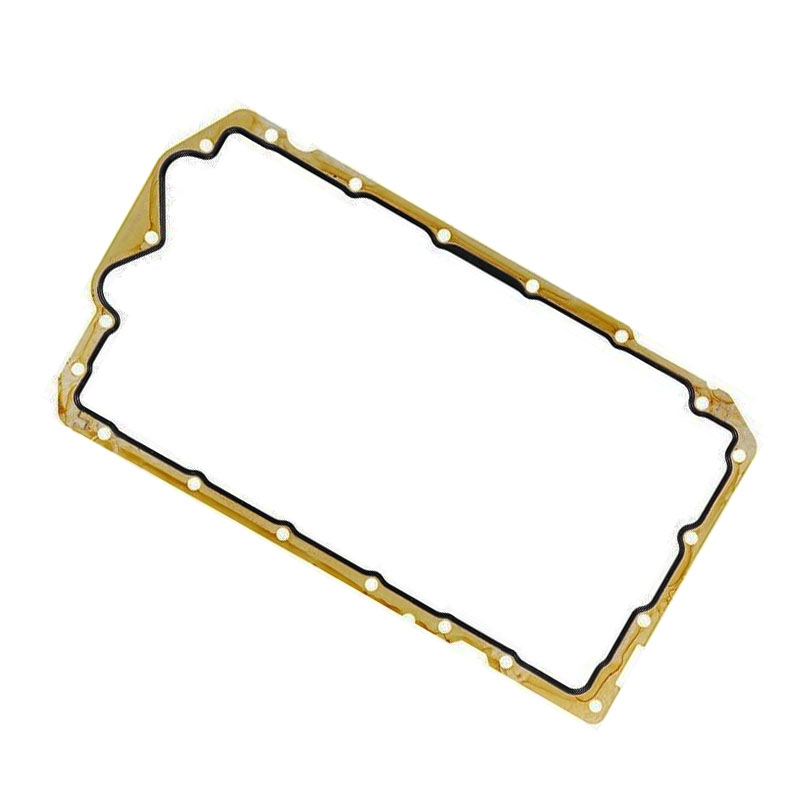Understanding Cassette Oil Seals and Their Importance in Motor Vehicles
Understanding Cassette Oil Seals Importance, Function, and Maintenance
Cassette oil seals play a vital role in the efficient functioning of automotive machinery, particularly in engines and transmissions. Commonly found in various vehicles, these seals are designed to prevent oil leaks and protect critical engine components from dust, dirt, and other contaminants. This article delves into the structure, function, and maintenance of cassette oil seals, highlighting their importance in prolonging the lifespan of vehicles.
What is a Cassette Oil Seal?
A cassette oil seal, also known as a lip seal or rotary seal, is a mechanical component typically made of rubber or elastomeric material. It features a metal casing that holds the rubber lip in place, creating a barrier between rotating and stationary parts. The primary function of the cassette oil seal is to retain lubricants while preventing external contaminants from entering the engine or transmission housing.
Designed for durability, cassette oil seals can withstand various pressures and temperature fluctuations within the engine environment. Their unique design allows them to accommodate shaft movement, ensuring a tight seal even under dynamic conditions.
Function and Importance
The primary function of cassette oil seals is to maintain the integrity of lubricants in an engine or gearbox. Oil is crucial for reducing friction between moving parts, thereby enhancing performance and efficiency. When oil leaks occur, it not only leads to reduced lubrication but also risks contamination of the internal components through the ingress of dirt and debris.
Here are a few fundamental roles of cassette oil seals
1. Oil Retention By effectively sealing the oil within the engine or transmission, cassette oil seals help maintain optimal lubrication. This is essential for reducing wear on engine components and ensuring smooth operation.
2. Contaminant Protection Cassette oil seals help prevent dirt, water, and other contaminants from entering sensitive areas of the engine. Contamination can lead to accelerated wear and potentially catastrophic failures in the engine.
cassette oil seal

3. Pressure Maintenance These seals help maintain pressure within the engine or transmission system, which is critical for optimal performance. A proper seal ensures that pressure levels are adequately managed, leading to improved efficiency.
Signs of Wear and Potential Issues
Despite their robust design, cassette oil seals can wear out over time due to exposure to heat, pressure, and various fluids. Recognizing the signs of a failing seal is crucial for timely maintenance. Some indications of wear may include
- Oil Leaks Visible oil spots under the vehicle or on engine components may indicate a compromised seal that requires immediate attention.
- Engine Noise Unusual noises from the engine can result from insufficient lubrication due to oil leaks, leading to metal-on-metal contact.
- Contamination If dust and debris are found within the oil, it may suggest that the seal is no longer providing adequate protection.
Maintenance and Replacement
Regular inspection and maintenance of cassette oil seals are essential for sustaining a vehicle’s operational integrity. Mechanics often recommend routine checks during oil changes or scheduled maintenance services. If any signs of wear or leakage are identified, timely replacement is necessary to prevent further damage to the engine or gearbox.
In conclusion, cassette oil seals are crucial components that facilitate the optimal functioning of automotive engines and transmission systems. Understanding their function, recognizing signs of wear, and committing to regular maintenance can significantly extend the lifecycle of a vehicle. By prioritizing the health of these seals, vehicle owners can ensure their engines operate smoothly and efficiently for years to come.
-
The Ultimate Guide to Car Repair Kits: Tools and Essentials Every Driver Should Own
News Aug.01,2025
-
The Complete Guide to Oil Pan Gaskets: Sealing Engine Leaks the Right Way
News Aug.01,2025
-
Preventing Oil Leaks: A Complete Guide to Oil Pan Gaskets and Drain Seals
News Aug.01,2025
-
Everything You Need to Know About Oil Pan Gaskets and Drain Plug Seals
News Aug.01,2025
-
Essential for Car Owners: How to Use a Car Repair Kit to Deal with Minor Breakdown
News Aug.01,2025
-
Comprehensive Guide to Engine Oil Sump Gaskets and Related Seals
News Aug.01,2025
-
The Ultimate Guide to Boat Propeller Bearings and Trailer Wheel Bearings
News Jul.31,2025
Products categories















